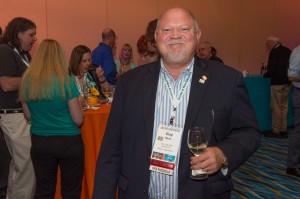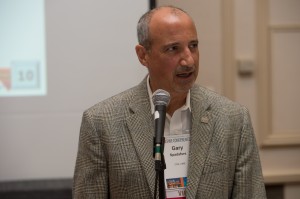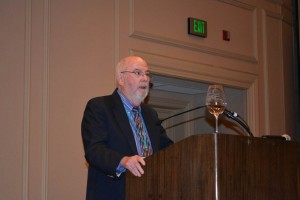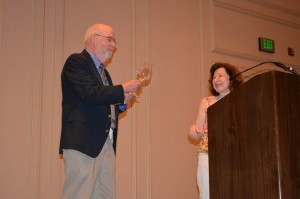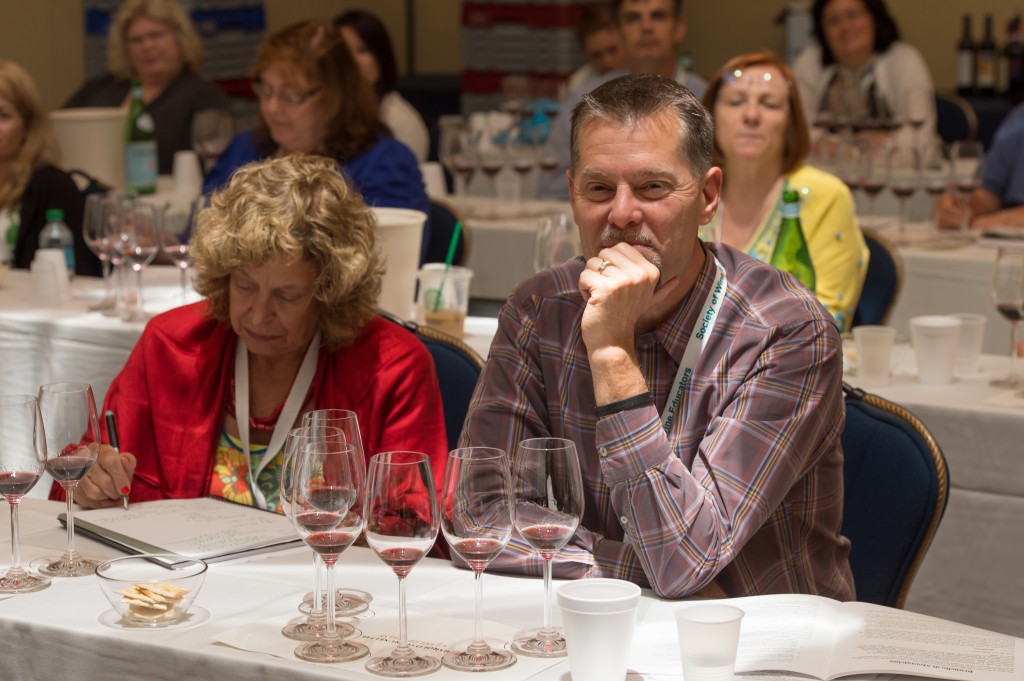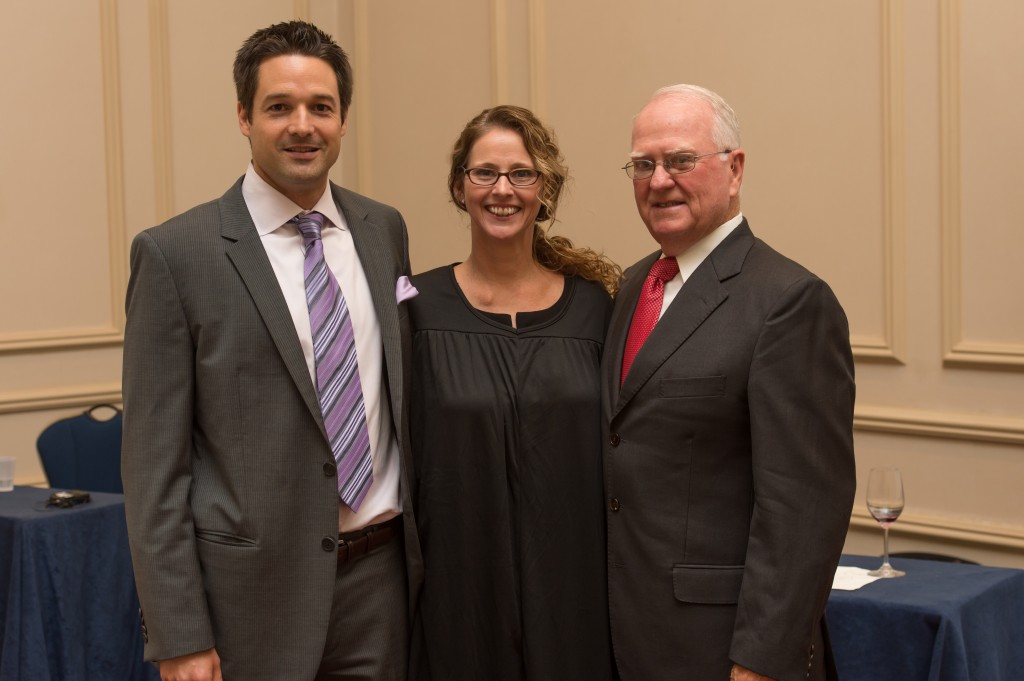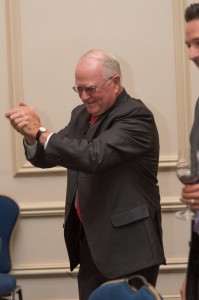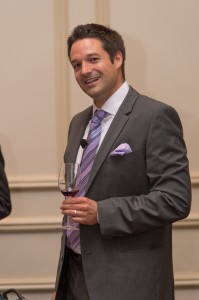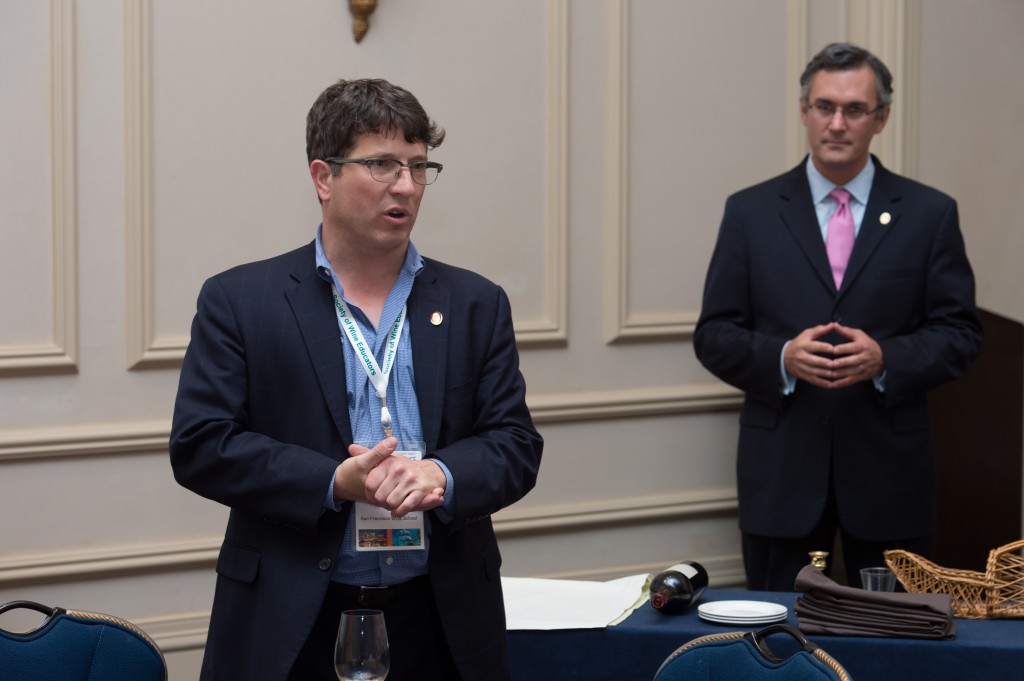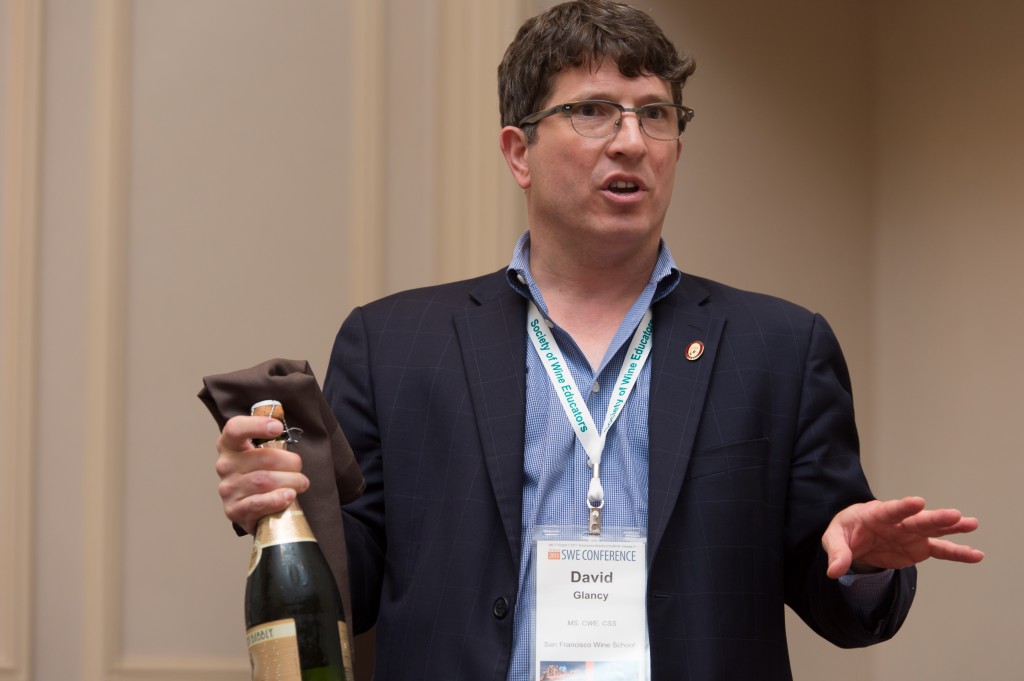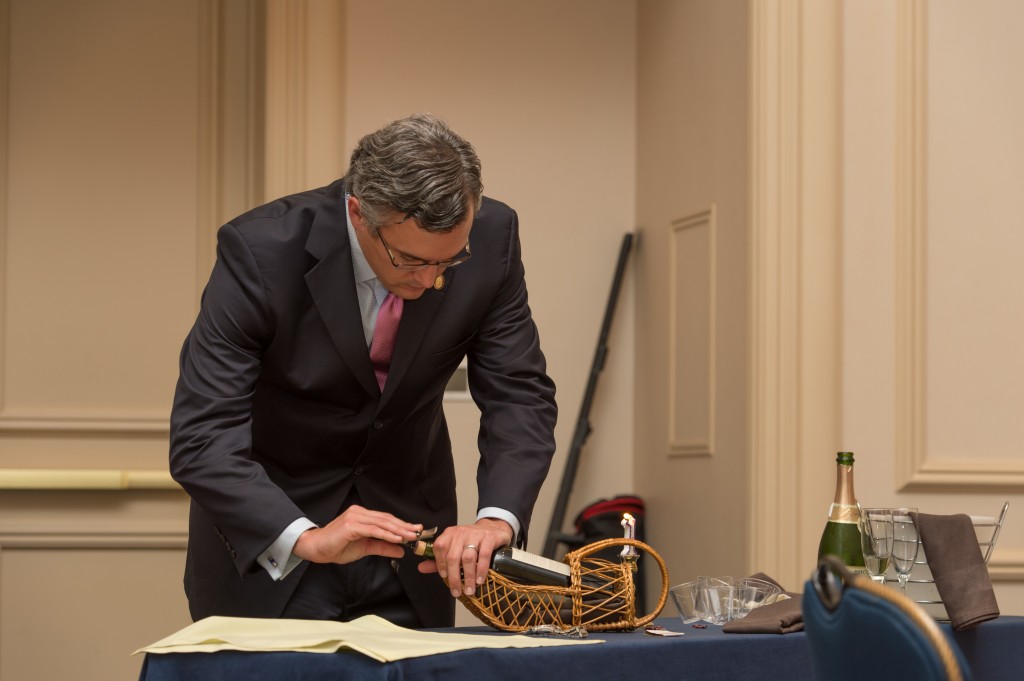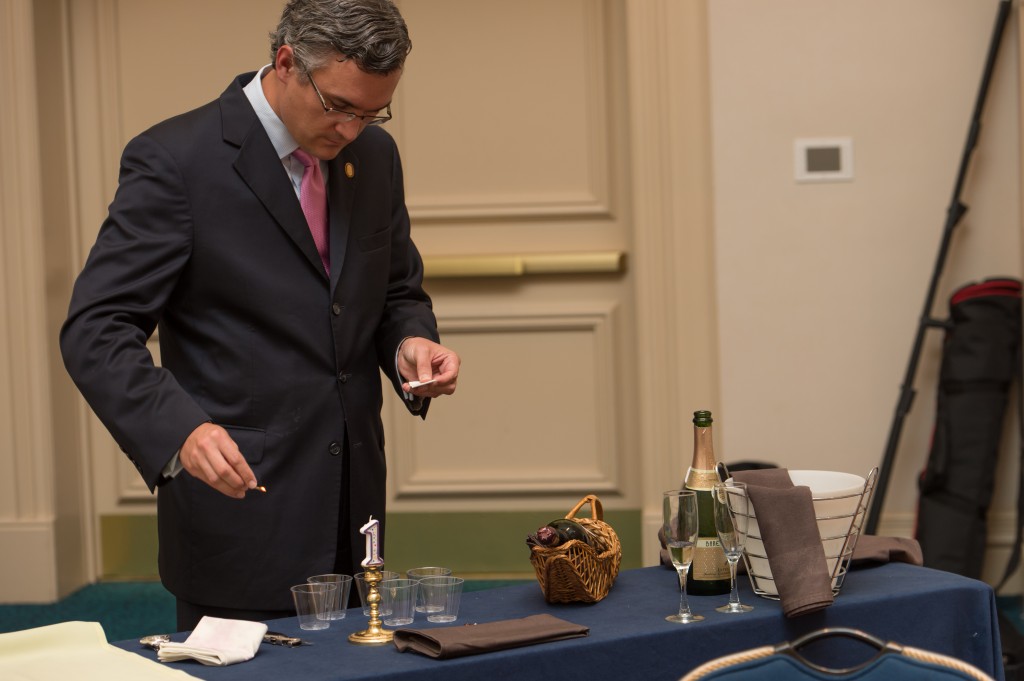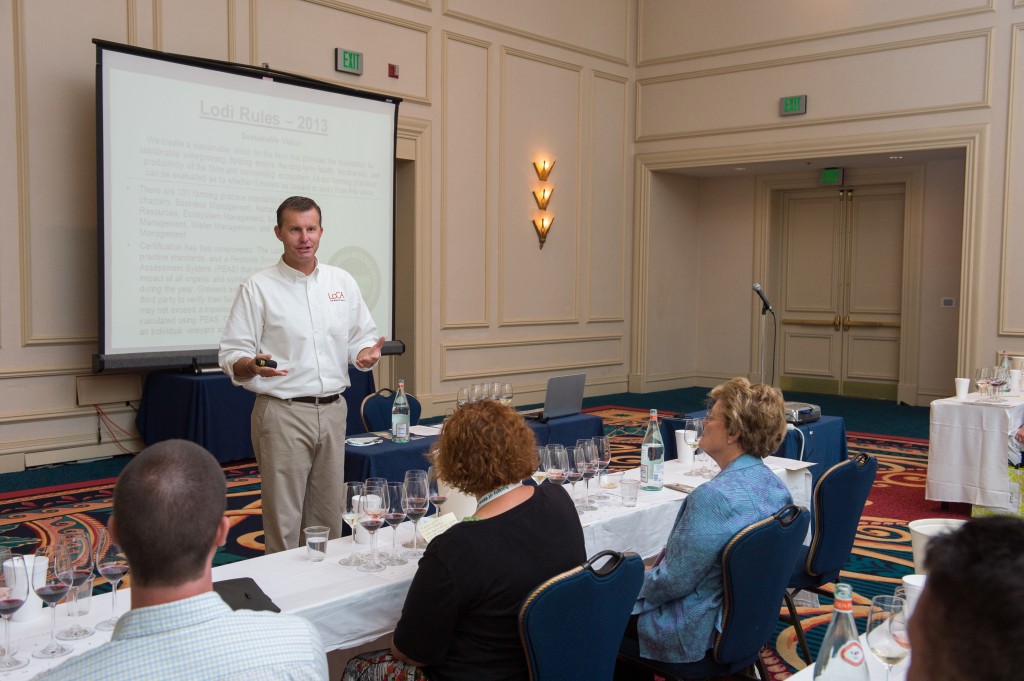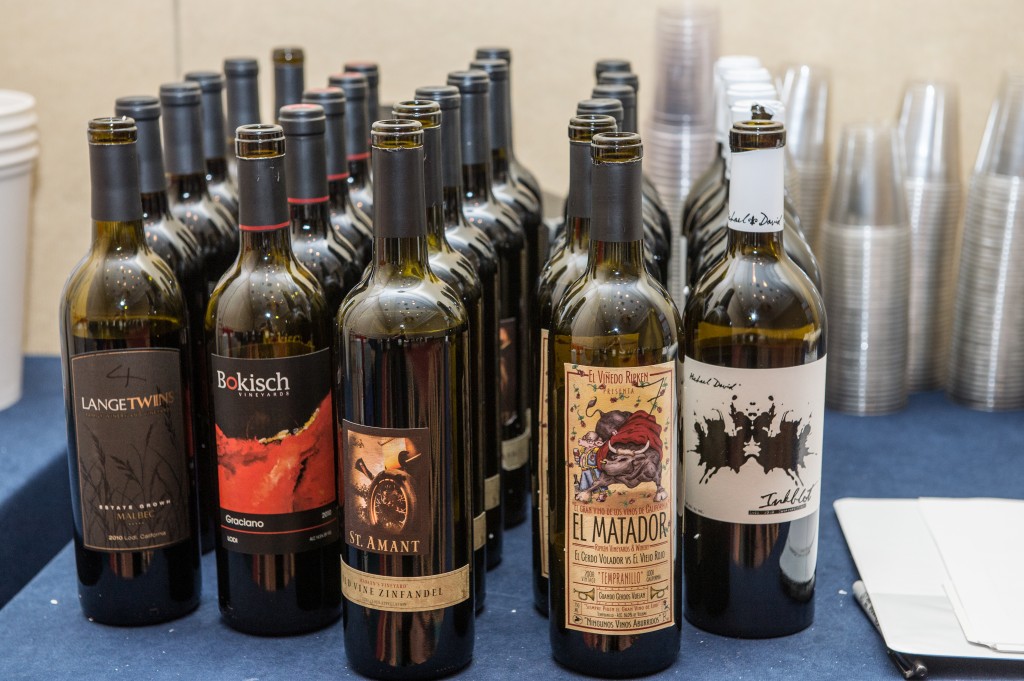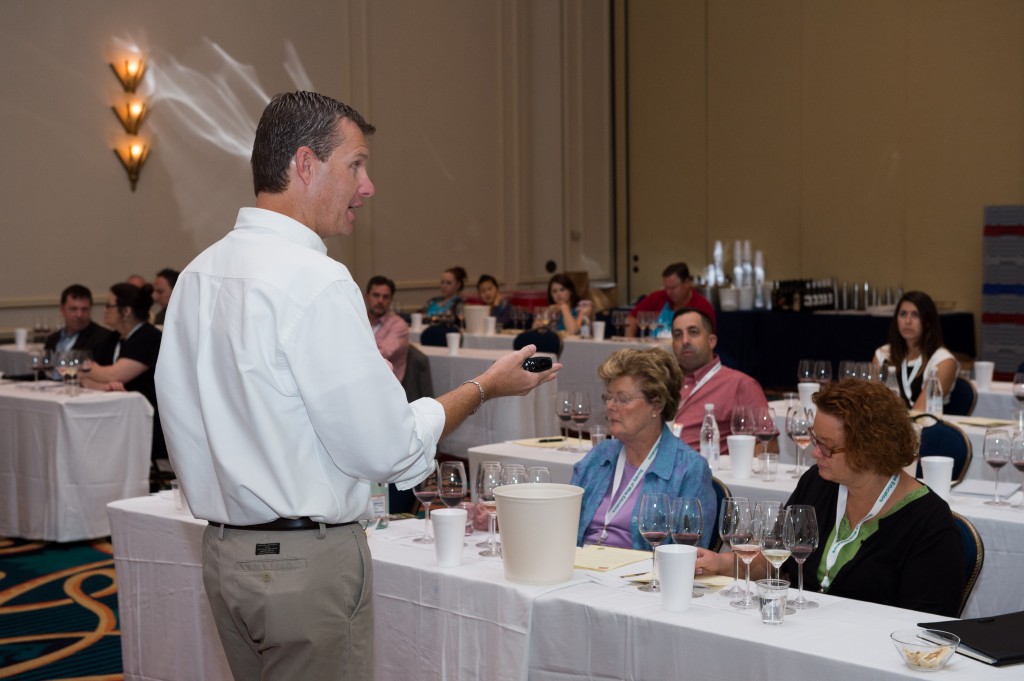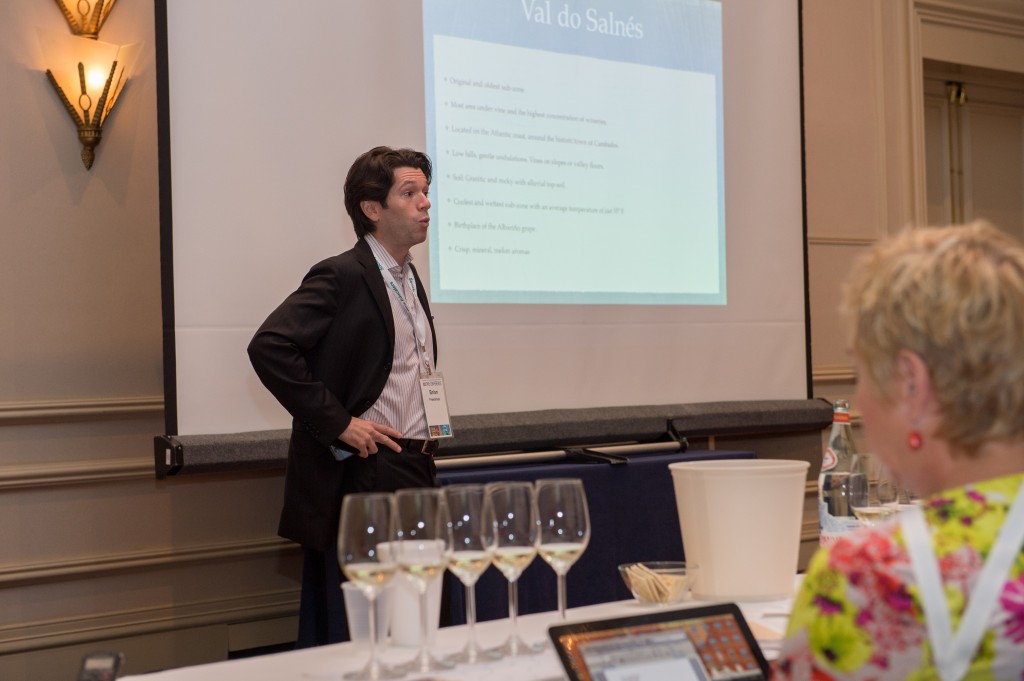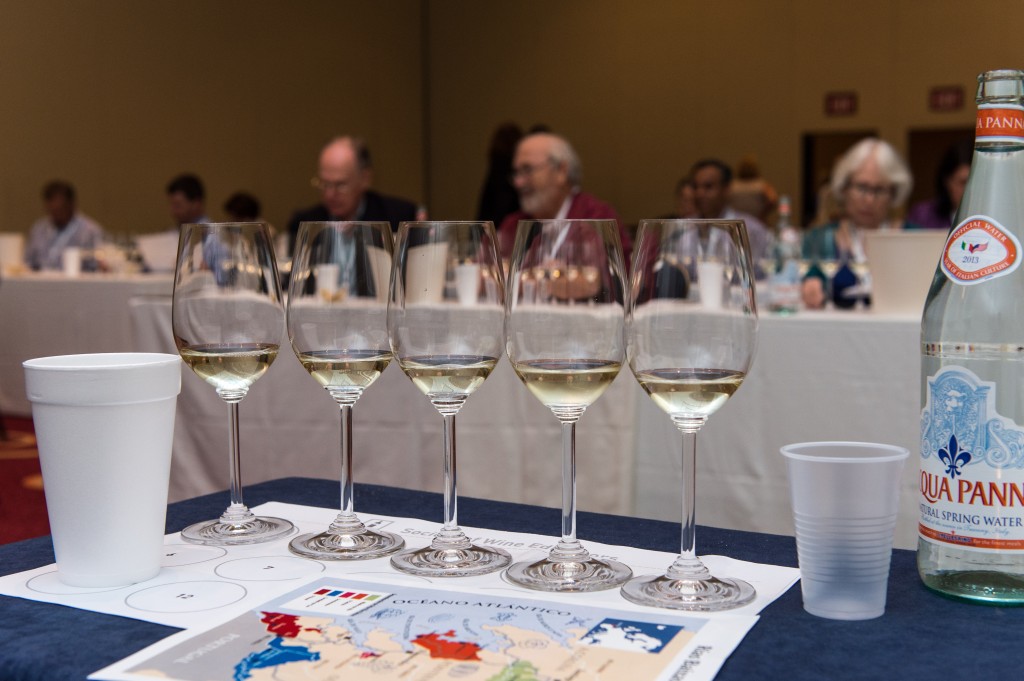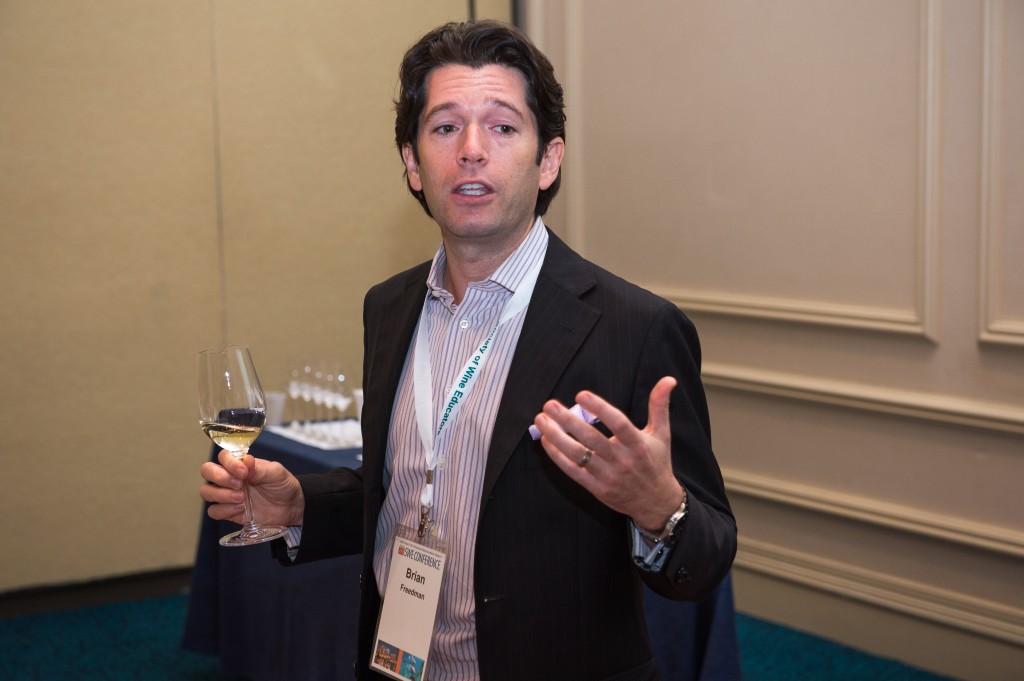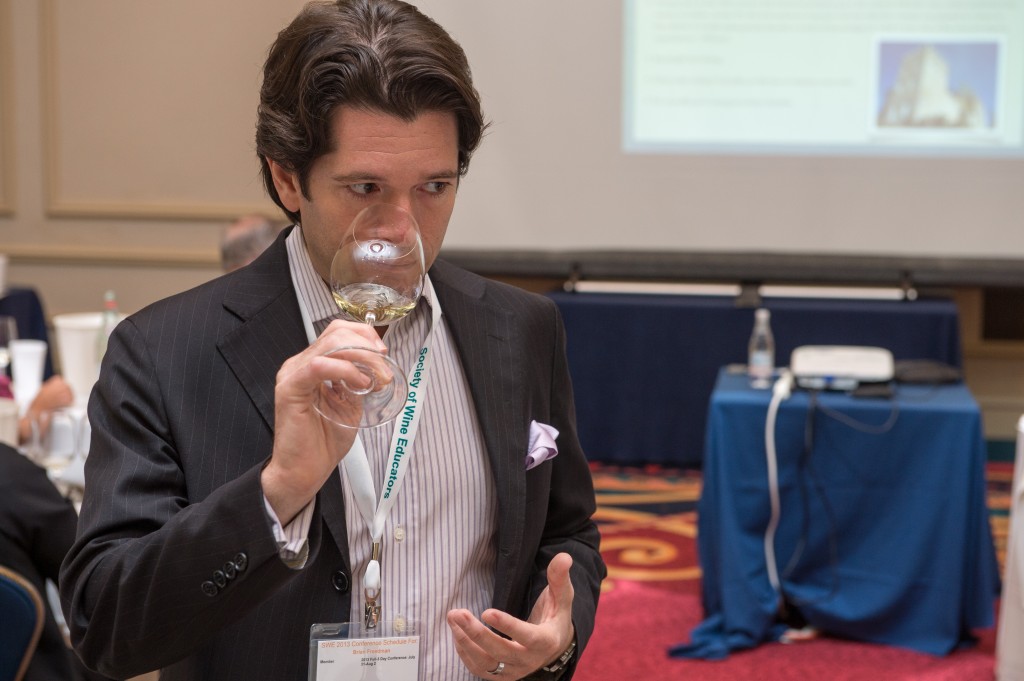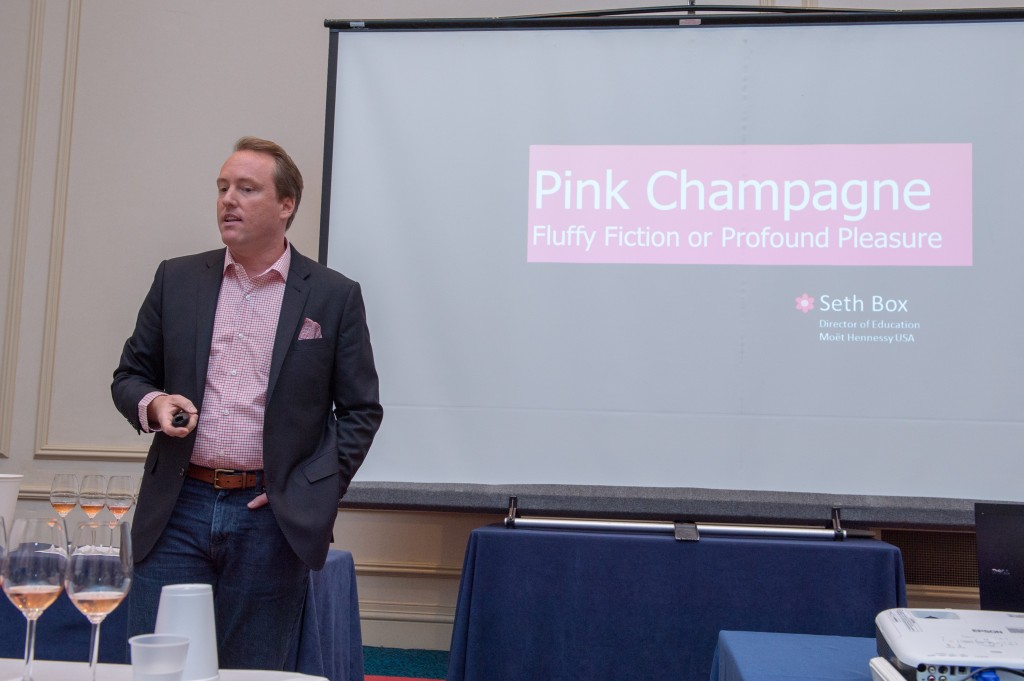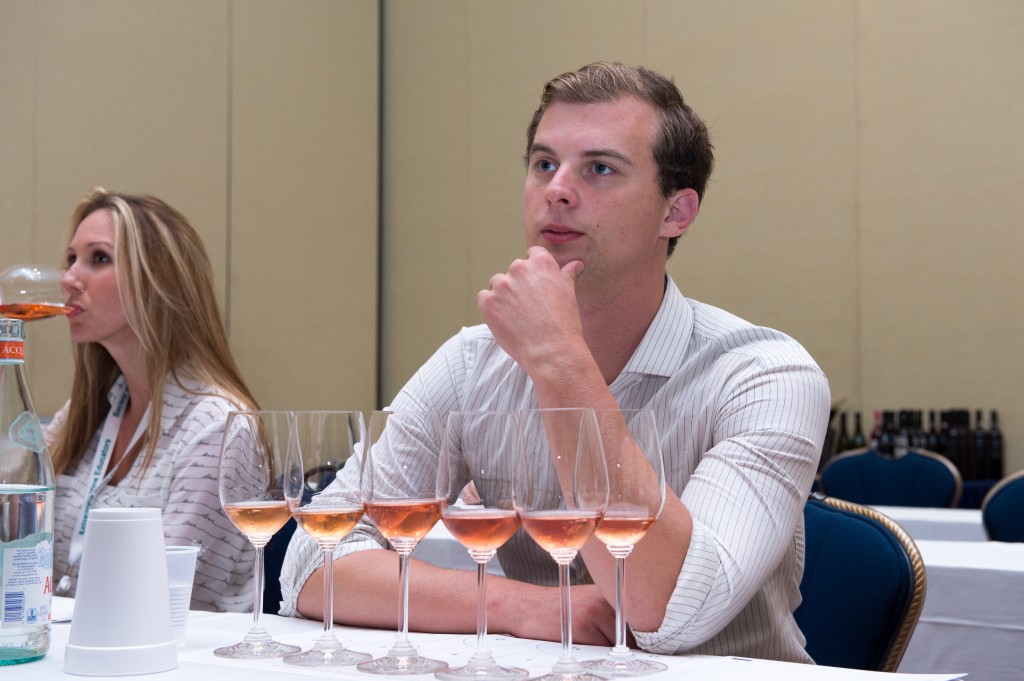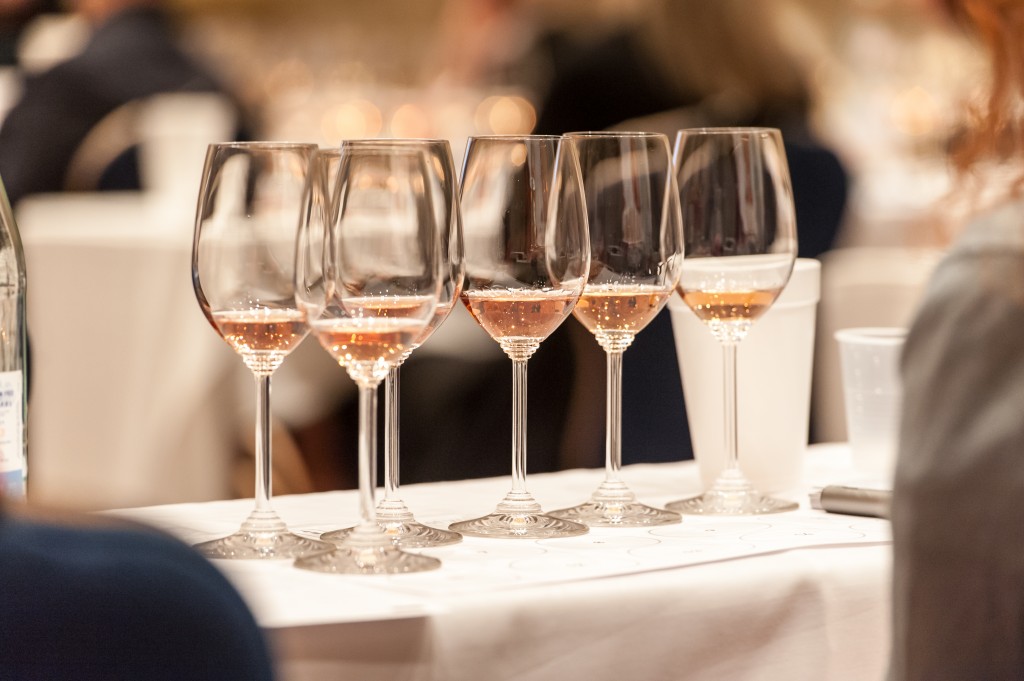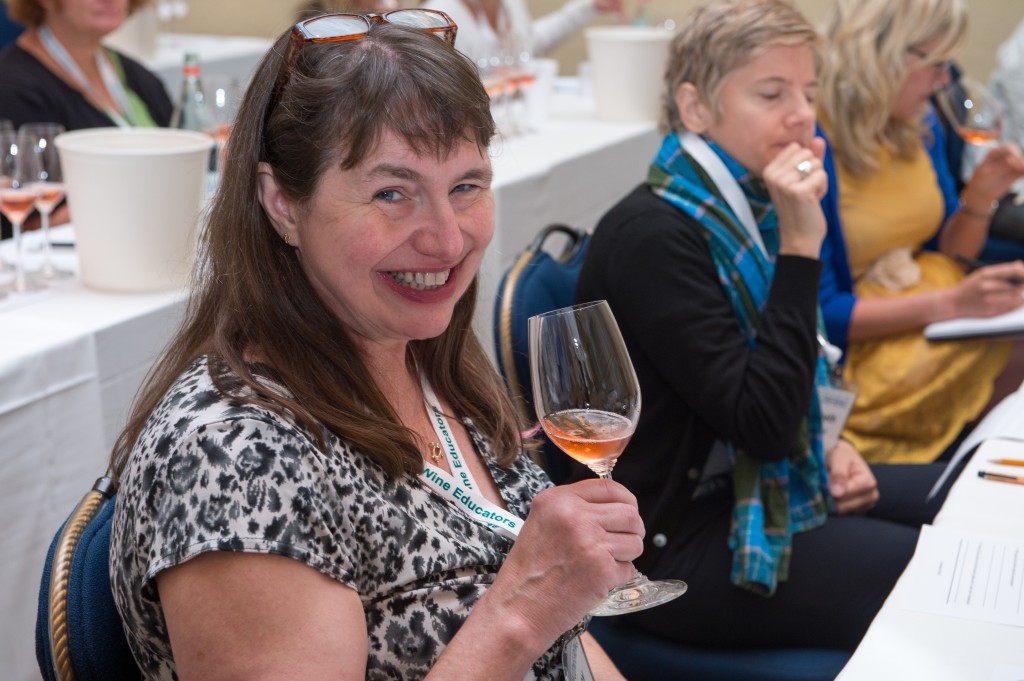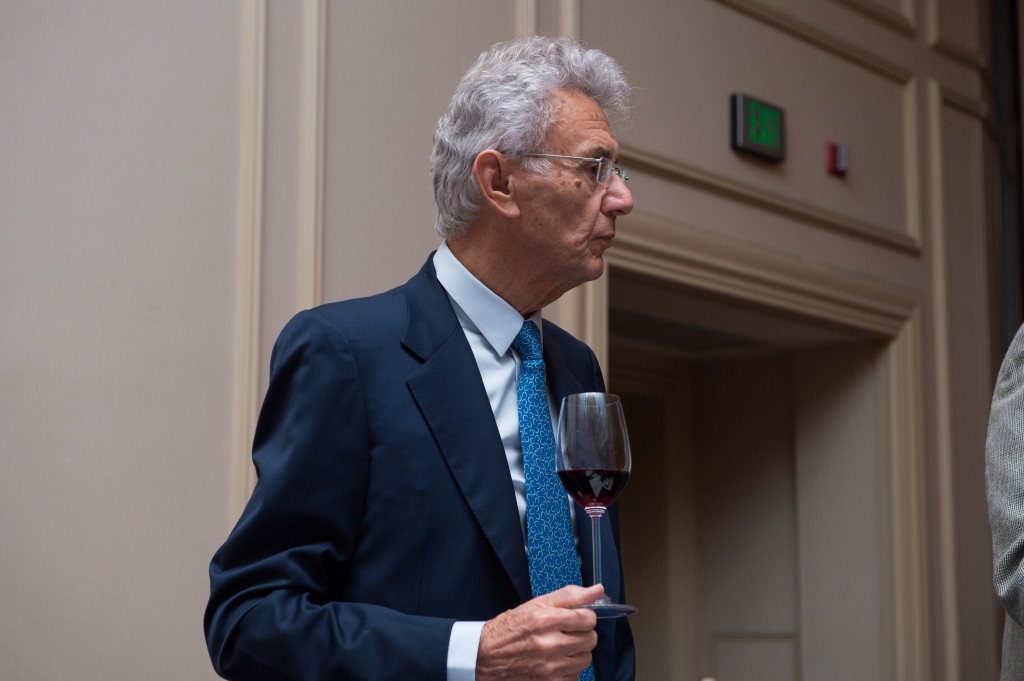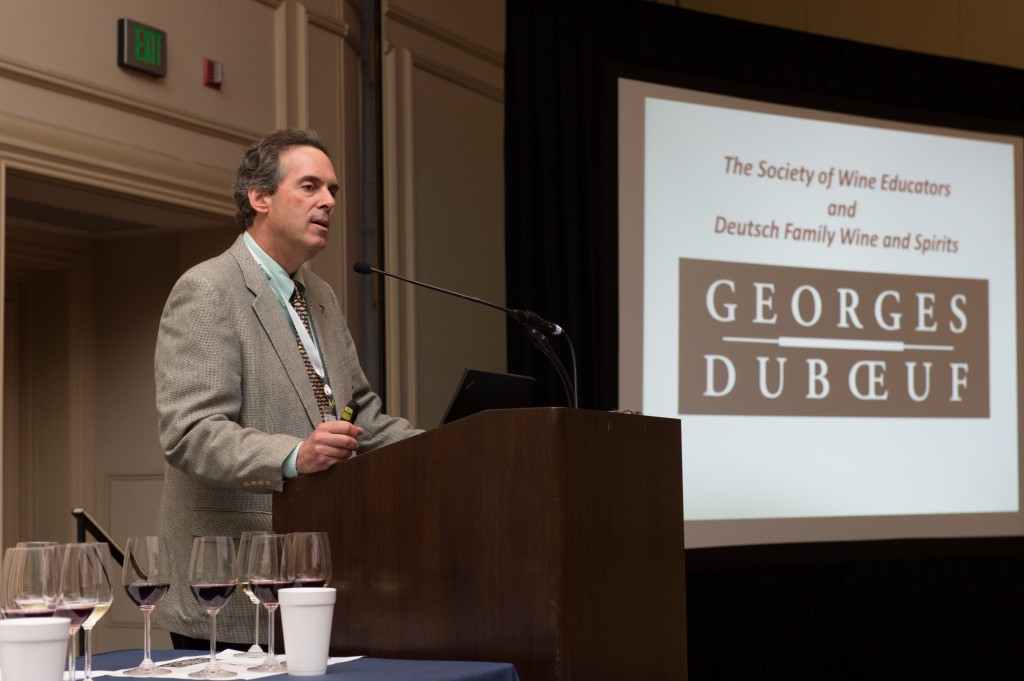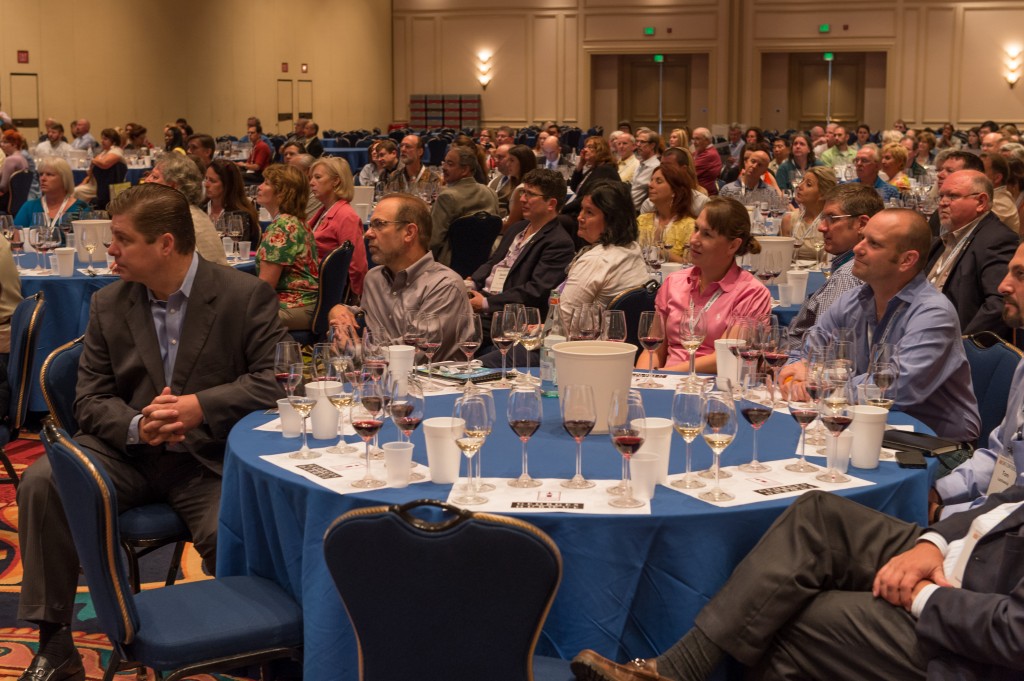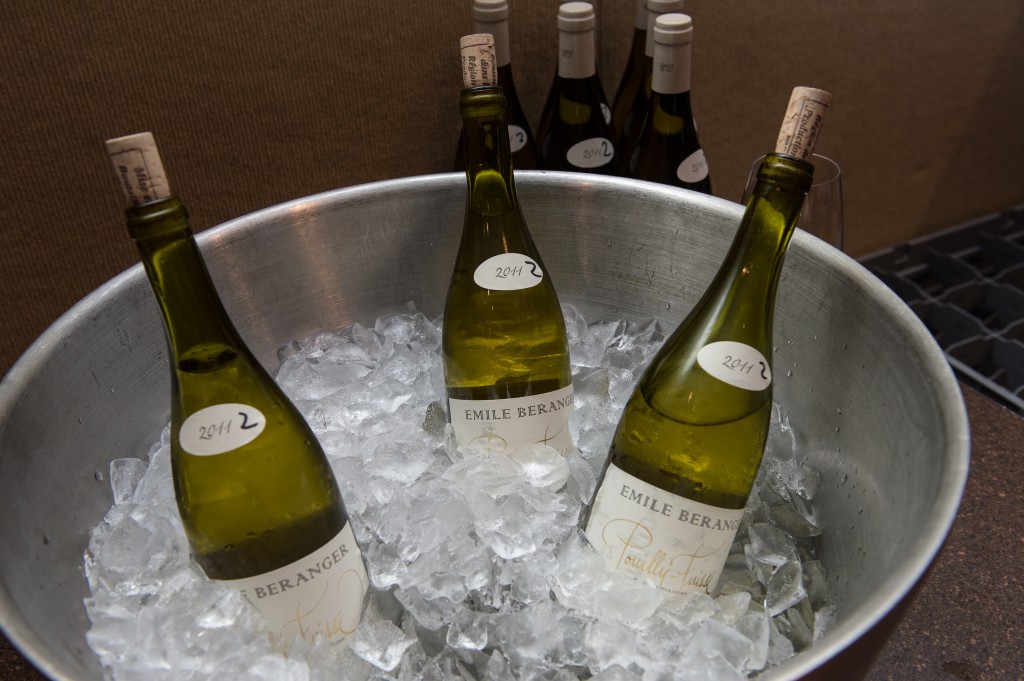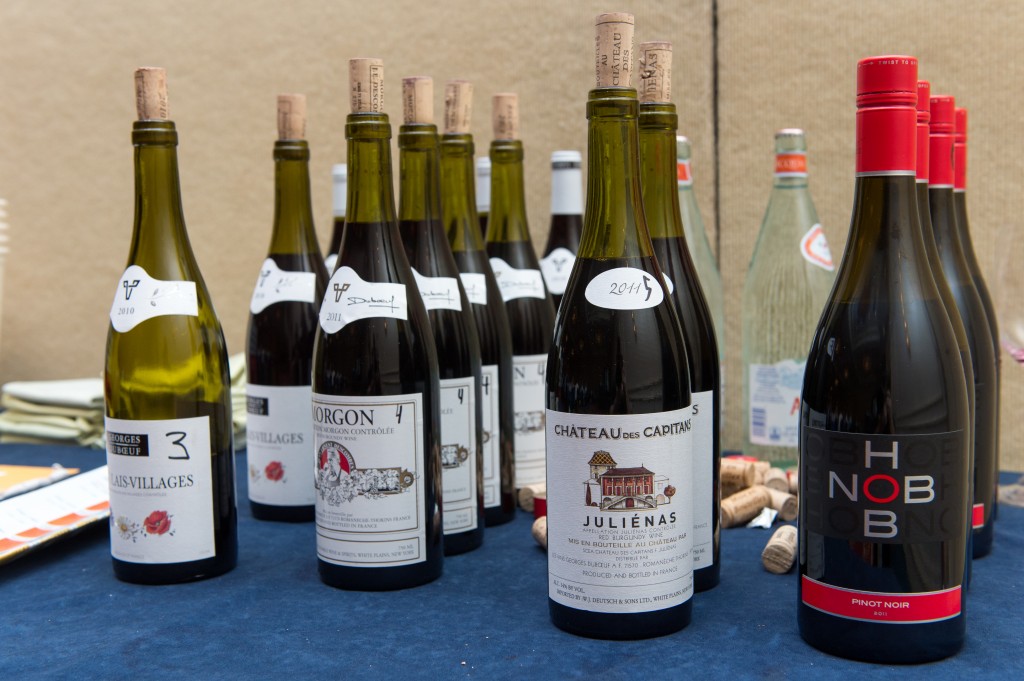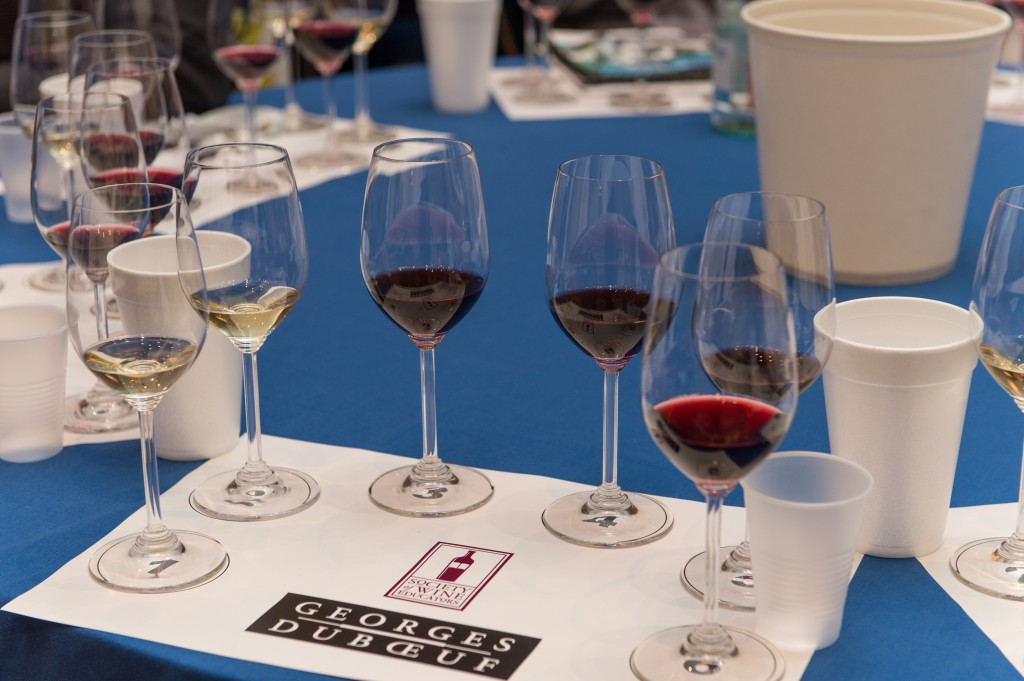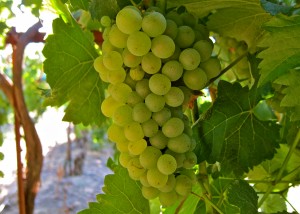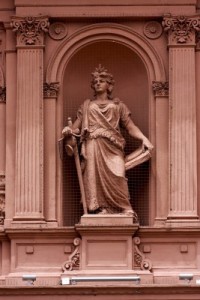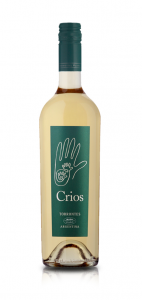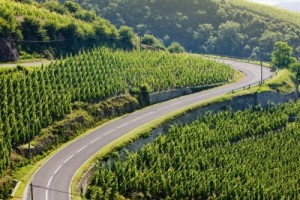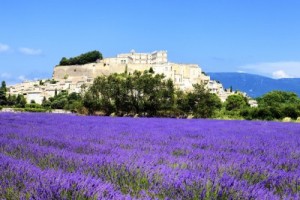As of August 15, 2013 the Society of Wine Educators welcomed two new Board Members and a new Executive Committee. Our new President is Guy Stout, CSS, CWE, MS, Corporate Director of Beverage Education at Glazer’s Distributing.
Rounding out the Executive Committee are:
- Edward Korry, CWE, Vice President
- Gary Spadafore, CWE, Educational Liasion
- Don Kinnan, CWE, Secretary
- Neill Trimble, Treasurer
Our two new members of the Board of Directors include David Glancy, CSS, CWE, MS, who currently serves as the Founder and Chief Executive Officer of the San Francisco Wine School, and Missi Holle, CSS, CSW, National Account Manager and Southeast Education Specialist for Kobrand Corporation.
Continuing to serve on the Board of Directors are:
- Maria E. Denton, CWE (Pinnacle House – Washington Wholesale)
-
Patrick D. Dodd, CWE, CSS (Gallo Family Vineyards)
- Margie Ferree-Jones, PhD (Collins College of Hospitality Management – Cal Poly, Pomona)
- Mary Gorman-McAdams DWS, MW
- Linda G. Lawry, DWS, CWE (International Wine Center)
- Paul Wagner (Balzac Communications & Marketing)
- Henry Wasserstein (Skadden, Arps, Slate, Meagher & Flom LLP)
- Barry Wiss, CWE (Trinchero Family Wine Estates)
- Hayato Kojima, CWE, Director Emeritus (Wine & New Life, Ltd.)
- William Lembeck, CSS, CWE, Director Emeritus (Wine & Spirits Program)
- Sharron McCarthy, CSW, Director Emeritus (Banfi Vintners)
The Hard-working office staff of SWE continues to be:
-
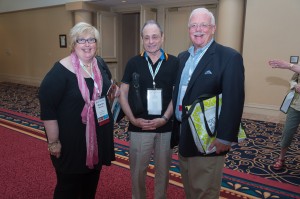
Sharron McCarthy, CSW, Director Emeritus;
William Lembeck, CSS, CWE, Director Emeritus; and Neill Trimble, TreasurerShields T. Hood, CSS, CWE, General Manager
- Vanessa Brandenburg, Operations Director
- Ben Coffelt, Education & Technology Manager
- Jessica Morse, Education Programs Assistant
- Eva Woo, Education Programs Assistant
- Kerry Lynch, Membership and Events Assistant
- Jane A. Nickles, CSS, CWE, Education and Certification Consultant
Welcome and Congratulations to our new board! Here’s to a successful SWE Year.
For contact information, please consult the SWE Website at: http://www.societyofwineeducators.org/contact
